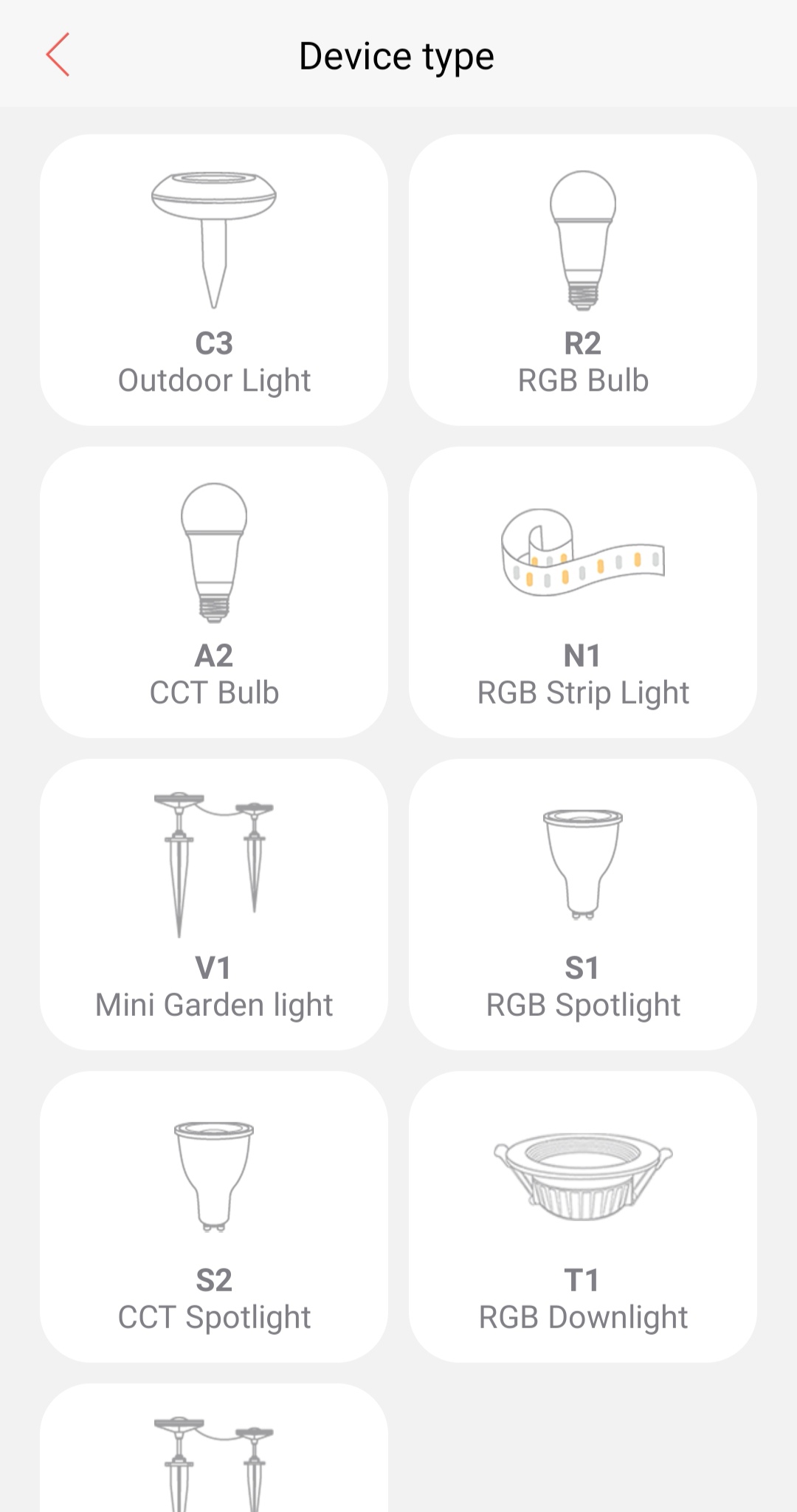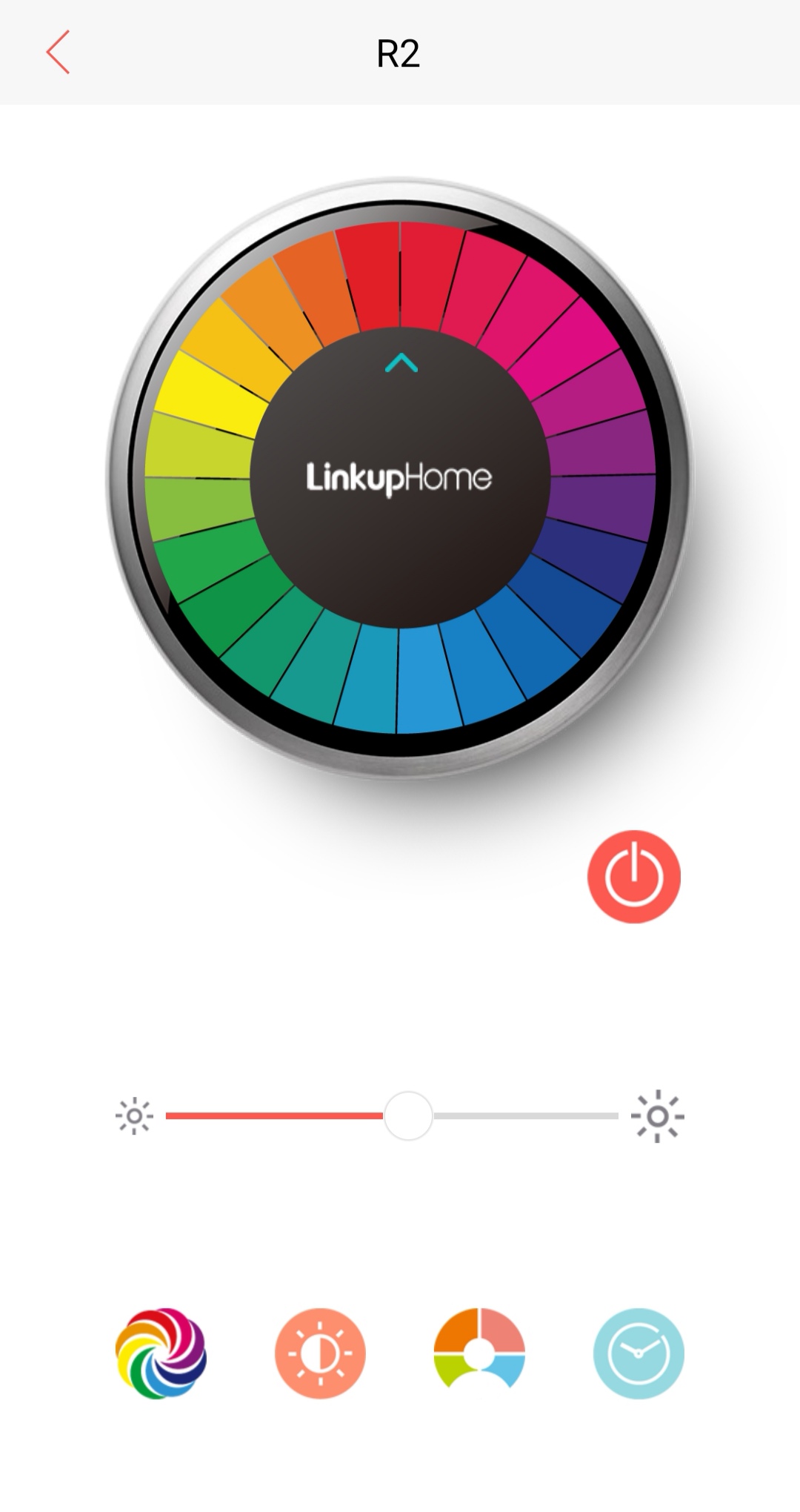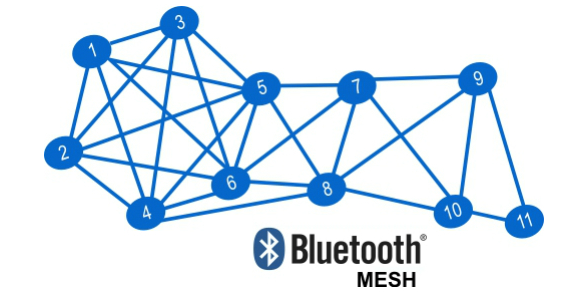The final draft of the US "Energy Star" lighting fixture V1.0 specification is released
In a letter to stakeholders, the EPA responded to a series of amendments to draft 4, aimed at improving normative transparency and flexibility, saying that it carefully considered all of the comments and posted them to the fixtures. The specification development page is available for public review, along with a summary of the comments containing the EPA response. The final draft retains the key elements of draft 4, adds some minor modifications and further refines the dimming requirements.
It is worth noting that the final draft allows new product models to be automatically certified, as long as the changes in these models do not violate any performance criteria or any other requirements of the specification. In addition, the new draft updated the “tolerances†section to align specific tolerances with the safety reporting requirements of UL 1993, and the test data used to measure color temperature changes has also been expanded. The final draft also specifies the tolerance range for luminous efficiency and light output values. The reference to the new model has been removed for the specific product variant.
It is stipulated that any luminaire variant of a certified product can be selected for verification testing, and the results of such random testing will affect the certification of all test variants using the same representative model test data. For new models that do not require first-time certification and tolerances outside the allowable range, an ENERGY STAR certificate is required for at least 3,000 hours of testing.
For luminaires with a service life of ≤ 25,000 hours, ENERGY STAR certification can be achieved if a specific lumen maintenance rate target is achieved after 3000 hours of testing. The necessary percentage depends on the claimed service life. The higher the value, the higher the initial luminous flux ratio required to obtain temporary certification. However, for a complete (non-temporary) service life certification, the luminaire must be tested for 6,000 consecutive hours. For lamps that have a service life of 30,000 to 50,000 hours, the test time required for temporary certification and complete certification can be deduced. For example, a luminaire with a service life of 30000/50000 is required to pass the full service life certification and must be tested for 7500 hours and 12500 hours respectively.
For higher-end output spectrum, EPA has added the equivalent light output requirements for omnidirectional 200W/300W incandescent lamps. The final draft is accompanied by an equivalent statement to clarify that CFLs (compact fluorescent lamps) intended to replace ordinary watt general purpose incandescent lamps must meet the same minimum light output requirements as omnidirectional lamps. For the fast cycle stress testing requirements of solid state luminaires, the final draft allows the use of existing test data until the EPA determines a better cycle method.
According to reports, the final draft refined the dimmer selection criteria to reduce confusion and test burden. In addition, the flicker performance level was replaced with the worst light output frequency and scintillation index case during the report dimming test to allow the user to evaluate the dimmable product based on individual needs and flicker sensitivity. The final draft also incorporates additional guidelines for confirming luminaire stabilization (as part of the practice of dimming performance recommendations) and (according to stakeholder requirements) guidelines for scintillation index calculations.
The EPA said that although the revision of the V1.0 lighting fixture specification has been completed, the agency will continue its efforts to further simplify the certification process and provide users with more choices without compromising the integrity of the specification. Next, the EPA will focus on the in-depth study of the light intensity distribution requirements of LEDA lamps, and seek more cost-effective options to effectively replace the general incandescent lamps. It is expected that the content of this section will be updated in the near future.
The EPA said it will share additional information related to the implementation of the specification in the final draft; it is expected that the specification will be finalized in mid-August this year. The EPA provides users with a one-year transition period due to a longer test timeframe. After finalization, the manufacturer shall test and certify the product as soon as possible according to the specifications. As of the effective date, only those products that have passed the new specification will appear on the Qualified Product List.

Smart RGBW bulbs add RGB colorful light based on the traditional warm light, they are suitable for home, bars and offices.
Now two control ways of Smart RGBW Bulb are for choice, 2.4G remote control, and bluetooth mesh phone control. Users can choose the light mode according to time, scene and mood, adjust the brightness, color temperature and light color according to the intention. Using energy-saving and high-quality LED light beads, the light source is stable without stroboscopic, effective life can be more than 20000 hours. Bulbs can meet international quality standards and pass tests by TUV Rheinland. EMC, RED, LVD, ROHS, REACH, ERP, FCC certification can be provided.
The control software and hardware of bulb are independently developed by our team, based on two different communication protocols: 2.4G wireless and Bluetooth Mesh.
The remote control is designed exclusively, using 2.4G wireless technology, the advantage of 2.4G is the low signal frequency, small attenuation when propagating in air or obstacles, control distance is 20m. Low power consumption, only needs 4 AA batteries to be used for two years.
The App is developed on the most advanced Bluetooth Mesh technology. [LinkupHome" App can be downloaded from the App store or Google Player, then you can control our product without any complicated steps. The App is stable, easy control and multifunctional.


Smart Technology- Bluetooth Mesh
The advantages of Bluetooth Mesh are fast connect, low power consumption, no password required and Ad-Hoc Network. The Mesh function provides multi-to-multi-transmission between devices, and especially improves the communication capability of building large-scale network coverage. It is suitable for Internet of things solutions such as building automation and wireless sensor network that need to allow tens of thousands of devices to transmit in a reliable and secure environment.

Product Parameters
Control distance: 20m
Product dimension: Dia66mm * H122mm
Material: PC & Aluminum & Nylon
Working Voltage: 100-240V
Frequency: 50-60Hz
Color Temperature: RGB+Warm White (3000K)
LED Power: 9.5W (710lm)
Base Type: E27/E26/B22 available
Warranty: 2 Years
Certification: CE(EMC,RED), ROHS,FCC
Smart RGBW Bulb
Smart RGBW Bulb,RGBW Light,Smart RGBW Spotlight,Smart RGBW Solar Lamp
Ningbo Homey Photoelectric Technology. Co., Ltd , https://www.linkuphome.com
